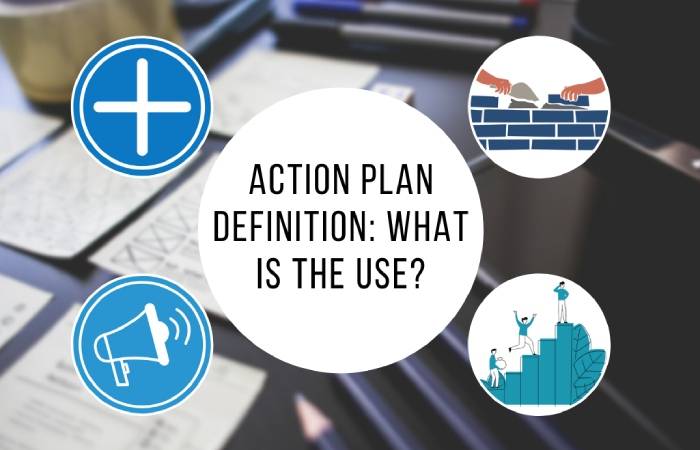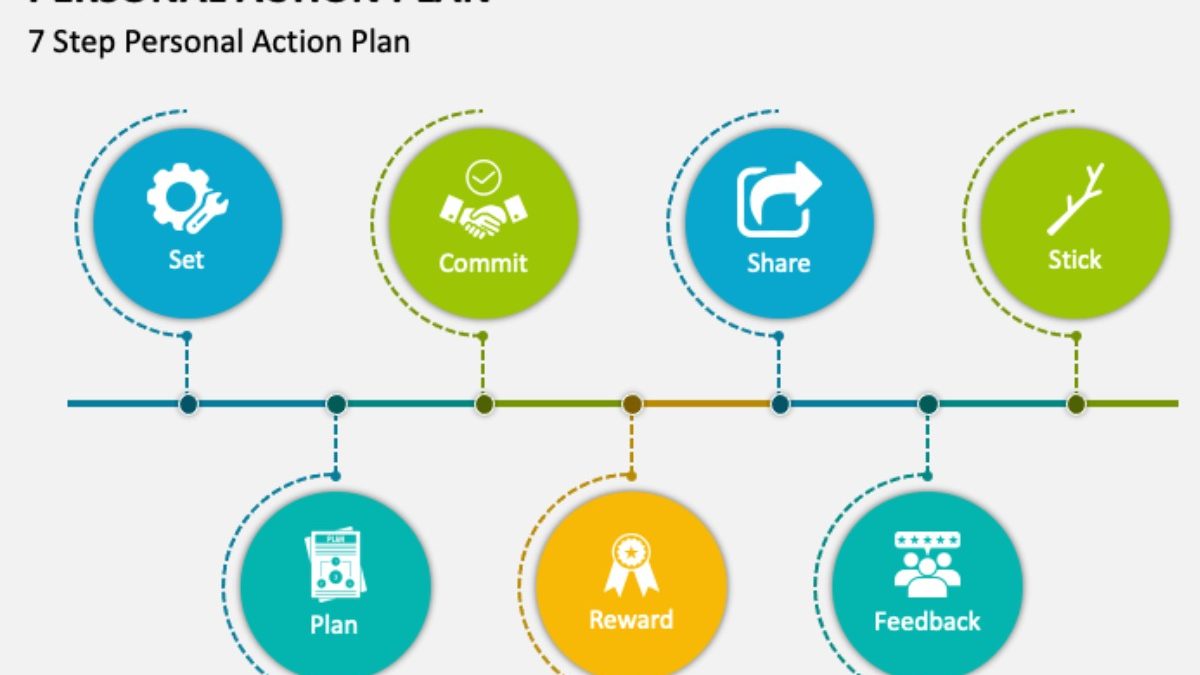Table of Contents
Introduction
Personal Action Plans – Action Planning gives feedback from surveys and creates a timeline for turning knowledge into beneficial change. Employees will evaluate the survey’s worth based on the activities they take as a result. Thus, action planning is crucial.
We will be learning about What is an action plan? What is included in an Action Plan? Why is Action Planning so Important? According to our research, employees are twice as likely to be highly engaged as those who do not see positive change due to the survey results.
Additionally, leaders at best-practice organizations emphasize engagement year-round by setting an example with their language and behavior.
What is an action plan?

An action plan is a document that outlines the activities that must performed to accomplish a particular objective. It divides the purpose into manageable phases that are simple to follow and keep track of.
An action plan’s objectives are to define the resources needed to achieve the goal and create a timeframe for when particular tasks must be finished.
A well-crafted action plan can used in project management as a guide to help the project manager divide a big project into smaller, more manageable ones.
What is included in an action plan?

Understanding the purpose and objectives, as well as the methods to achieve them, in great detail is necessary before developing an action plan. Before drafting an action plan, it’s crucial to consult with all stakeholders to ensure that it fully considers their demands.
Deadlines, the resources required to fulfill the tasks. The leading players in charge of execution can all found in an action plan. The action plan should also specify who is responsible for each task, when it has to be finished, and how success will be judged.
What happens after you create an action plan?
Action plans must be carefully followed when prepared to ensure objectives are accomplished on time and within budget.
To ensure the team continues on pace to fulfill the project goals, conduct regular reviews to evaluate progress and make any required modifications to the action plan. Regularly assess the effectiveness of your action plan to ensure that your objectives and goals are reached.
The action plan may need to altered or reevaluated to achieve the desired result if it is not performing as expected.
Action plans must always direct towards the desired outcome but can change as necessary. The action plan will be effective if it’s current and precise.
How do you build an action plan?

Action plans can initially seem challenging to establish, but you can do so with careful thought and the best practices listed below.
1. Goal-setting
The action plan can constructed using this as a base. Remember the SMART project management concepts as you describe your objective:
Specific
The aim must be precise and short.
Measurable
A set of standards must used to gauge success.
Achievable
The aim must be reachable on time.
Relevant
Verify that the aim is consistent with your beliefs and long-term goals.
Time-bound
For advancement to continue in the right direction, deadlines are essential.
2. Determine what resources you need to meet your goals
Research the resources required to achieve the goal within the given timeline. Consult all stakeholders so that you can consider their specific needs when planning action steps.
3. Create your action steps and timeline
Creating achievable action steps that can be quickly followed and tracked to measure success. Establish a timeframe for action steps to remain on schedule and within budget.
4. Allocate key personnel responsible for action steps
Assign individuals to action steps for each step to completed properly. Provide key personnel with the necessary tools to complete action steps and ensure success.
5. Review progress routinely and adjust as needed
Finally, regularly conduct performance reviews to monitor progress and make necessary adjustments to the action plan.
These steps can help you create an action plan that meets your project goals and objectives while remaining manageable and realistic. An action plan can serve as a valuable tool for project managers and stakeholders, ensuring any project’s successful completion.
Types of Plans

Standing Plans and Single-use Plans are merely two different types of planning. However, Planning is arranging and scheduling activities to achieve a specific objective. Let’s examine the two alternatives to doing this.
Standing Plans
Henceforth, Standing plans is used multiple times. I.e., again and again. These plans formulates guide to manage decisions and actions on problems that are recurring in nature. When there is a pattern, you have to figure it out, front-load this effort, and always look out for it.
This way, there’s a plan for it before it happens. Say, you have a new employee boarding program, and every batch comes with similar questions. Isn’t it easier to address most of them in a pre-written FAQ made as thoroughly as possible? These are process building activities that last.
These plans provide parity across platforms. However, a standard procedure that leaves no or little place for doubt. They help improve coordination and also overcome ineffective management. Like any other plan, standing plans include goals, procedures, methods, steps, and ground rules.
Single–Use Plan
These plans are made for handling non-recurring problems. Single-use plans are known as specific plans. since they aim to solve a particular problem. These plans are formulated to take a non-repetitive and unique situation.
Such single-use plans cannot used repeatedly. since they become useless after they have achieved their objective. Some examples are budgets, programs, project reports, etc.
Standing plans are often policies, procedures, and programs developed to ensure the smooth operation of a business. Standing plans are constantly develop once and often undergo modification per the company’s needs.
Frequently Asked Questions on Types of Plans
What’s the objective level difference between Single-use and Standing Plans?
Answer: The standing Use Plans are based upon an organization’s primary objectives. Moreover, On the other hand, Single Use Plans are based upon the standing use plans of the organization.


